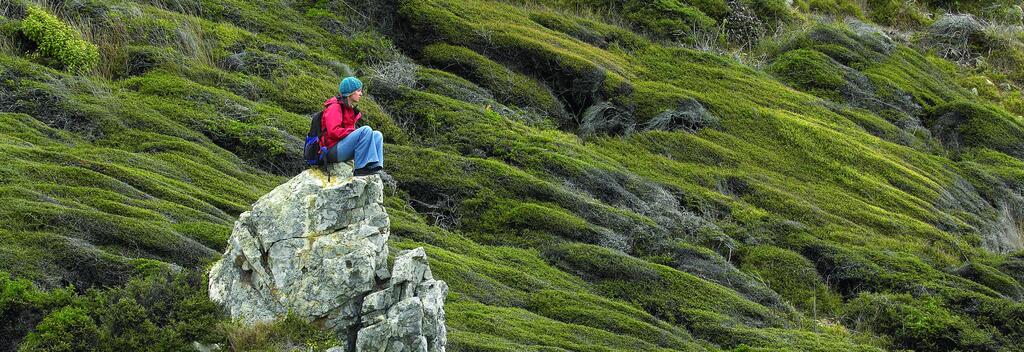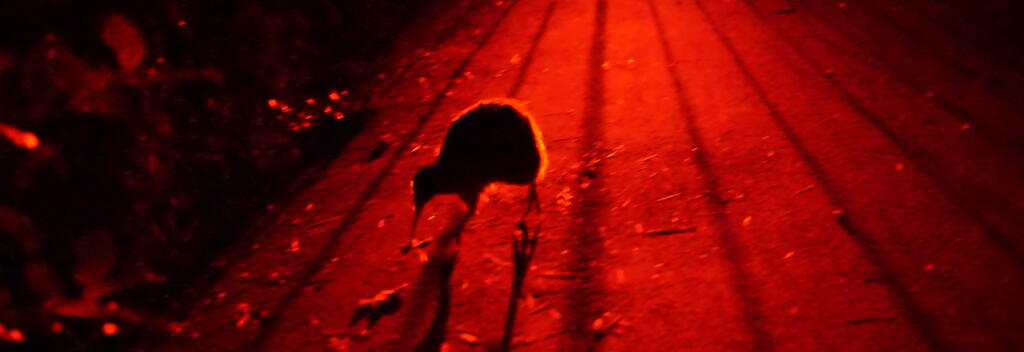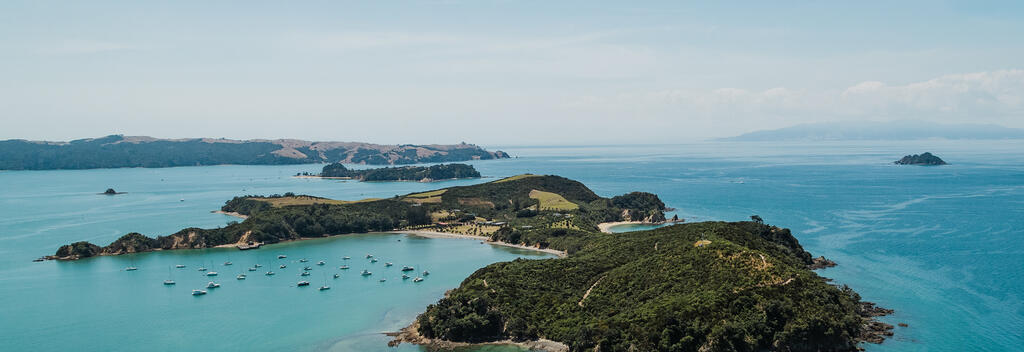-
Popular places to visit
Popular things to do
Helpful tips
Here's a few useful links to help with planning your trip to Aotearoa New Zealand.
-
Elusive and perfectly camouflaged, the New Zealand kiwi bird is a challenge to spot in its natural habitat. Here are the top locations to catch a glimpse of this iconic bird.
Spotting a kiwi is an essential New Zealand experience.
New Zealand’s national icon is unique in so many ways. Kiwi lay eggs six times bigger than is normal for a bird of their size. Their nostrils are at the end of their beak so they can sniff out prey under the soil. And they have whiskers.
For a guaranteed sighting, visit one of the country’s excellent conservation centres. But if you opt for a chance encounter in the wild, you can increase the odds by keeping a look out before sunrise and immediately after dawn.
If you do spot a kiwi, please do not interact with it and respect its habitat.
Kiwi can't fly, which makes them vulnerable to attacks from dogs. If you are in an area where kiwi are present, please keep your dog on a lead.








